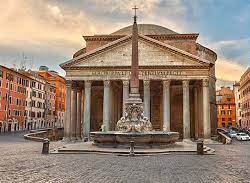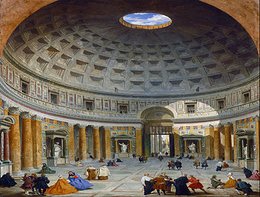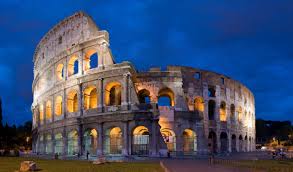History
To begin with, we should probably explain about concrete construction.
Historically, the suitability of concrete as a building material was first recognised by the Romans, with many large structures built using concrete, including the Pantheon and the Colosseum in Rome.
The sophisticated Romans were also the first to use air-heated radiant floors as heating in their villas, which were built on a suspended concrete slab, allowing them to build a hypocaustic heating system underneath.
The Romans valued concrete for its superior strength, fire resistance, thermal mass and its flexibility - just as people do again today! How else could they build the world's largest dome of unreinforced concrete in the Pantheon? To achieve this amazing feat of early concrete construction, the Romans also had to invent Concrete Molds
But things on that front have become a little more sophisticated since then - and these early moulds (or jigs, for the Europeans) have evolved into what are now commonly referred to as Concrete Moulds or Shuttering, whose purpose is to hold the liquid concrete firmly in place while it chemically hardens into its finished form.











































